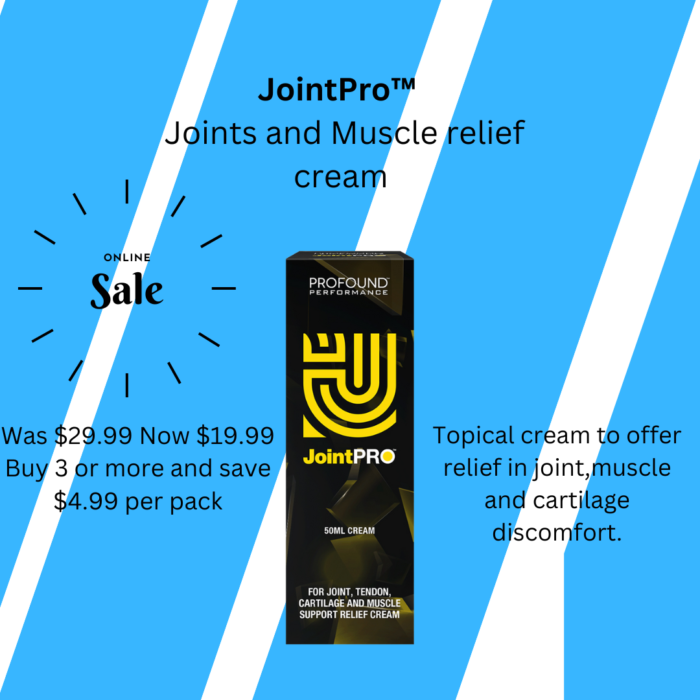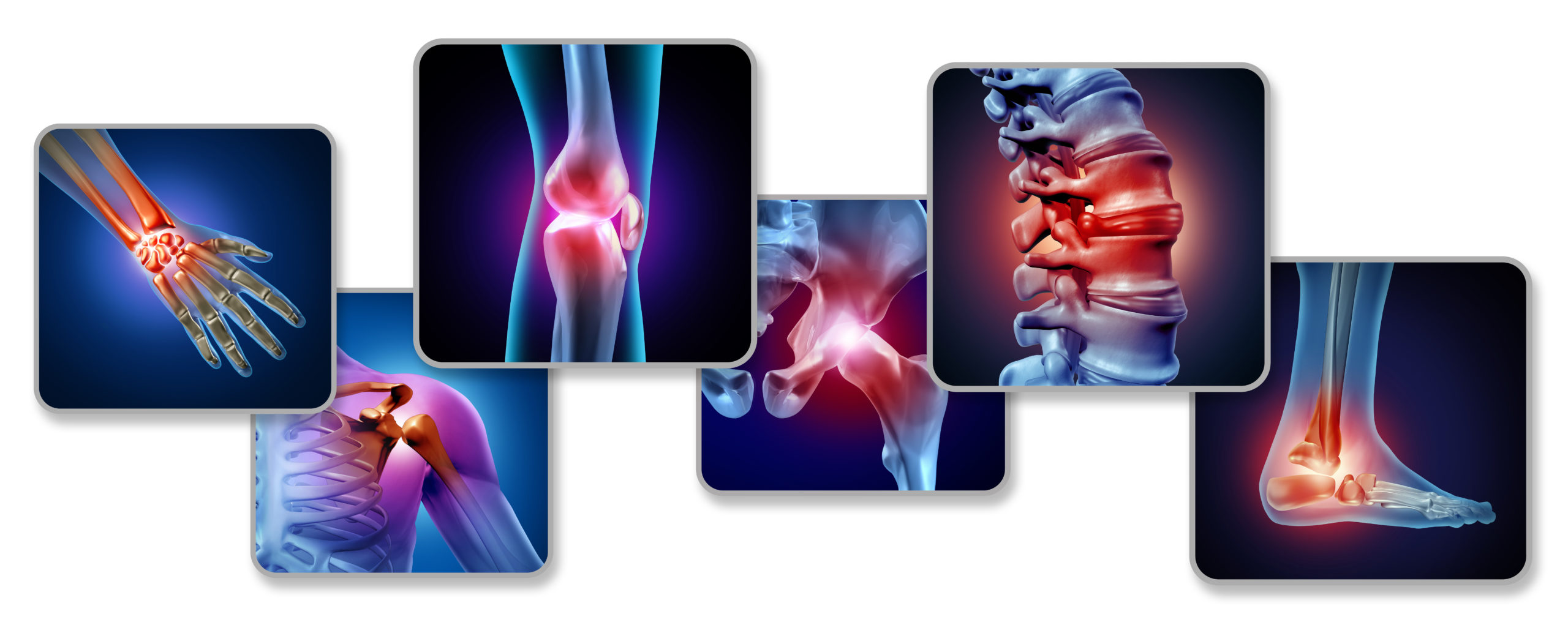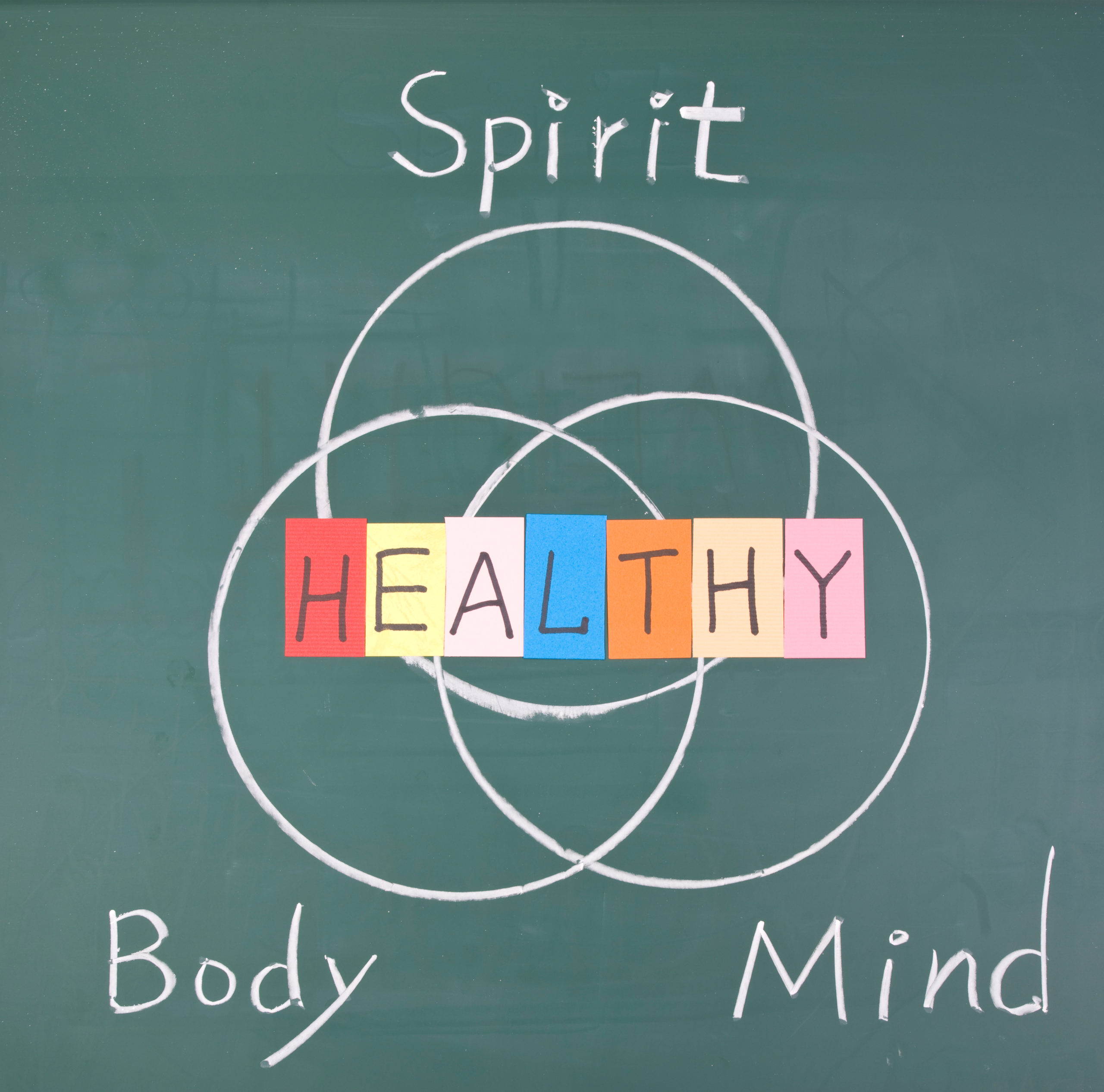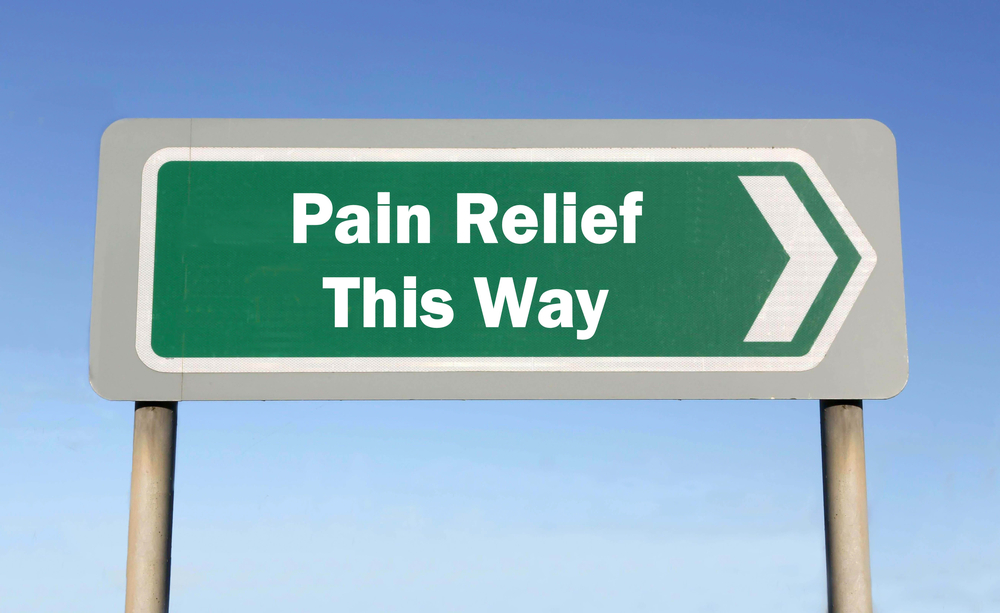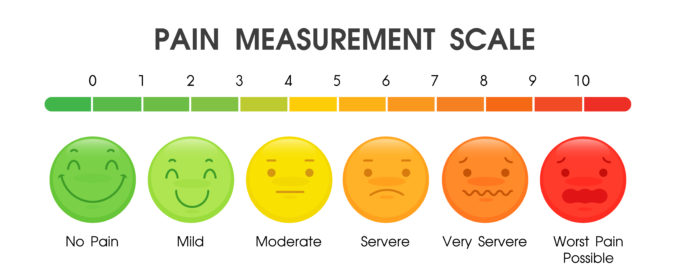
Pain is essential for self-preservation
July 15th, 2021Pain is an unpleasant emotional and physical sensation resulting in tissue damage or worse, it’s a warning signal to your brain that something is wrong. Encouragingly, there is an expanding field of medicine and exciting new developments such as spinal cord stimulation (SCS) to help people who have to live with chronic pain.
The ability to feel pain is essential for self-preservation
Professor Geoffrey Woods from the Cambridge Institute for Medical Research at Cambridge University explained, “The ability to sense pain is essential to our self-preservation, yet we understand far more about excessive pain than we do about lack of pain perception.” Scientists hope to better understand the nature of pain and how to combat it in patients who suffer from long-term, chronic pain.
Chronic and acute pain
Chronic pain is persistent well after a painful experience starts, it doesn’t warn the body and normally lasts for a long period and can be very difficult to live. Acute pain is normally associated with an injury to the body, it alerts the body of potential damage that requires action from the brain. It can happen quickly or develop over time, it can last for a few minutes or months until the problem or injury heals. It could be a headache, period pain, growing pains, pulled muscles or cramps for example.
A painless existence isn’t good for self-preservation
About one in a million people are thought to be born without a sense of pain, the condition is called Congenital Analgesia. Scientists studying the condition have now identified mutations in a gene called PRDM12. The study found that mutations in both copies of the gene that a person inherits from their mother and father, who are unaffected carriers of the defective gene – results in all the pain sensors of the body being turned off from birth. As much as that may sound like a good thing, it can be life-threatening. Pain is an indicator that something is wrong with your body. If you don’t have the ability to feel pain, then you could be unaware of an injury or life-threatening condition.
As we age our pain threshold goes down
Older people tend to have a lower pain threshold because the brain degenerates with age so more issues are dealing with pain. Women tend to have a higher sensitivity to pain than men, sex-related genetics and hormones play a part in that. Our pain threshold can also be influenced by past experiences and when the body is tired or stressed the ability to deal with pain is more challenging.
What is pain perception?
Otherwise known as nociception, pain perception is the process where painful stimulation is sent from the area of infliction to the central nervous system. The infliction could be pressure, punctures, cuts or burns for example and a nerve ending located in that area senses a painful experience. The nerve ending signals to the central nervous system, the brain receives the information then further processing and actions start to take place. There are different ways that someone’s pain level can be assessed, the ten-point plan, the visual analogue scale, the verbal categorical scale and the use of other multidimensional tools.
We all deal with pain in different ways
Most of us experience pain whether that is a result of a cut, a headache, a muscle sprain, a broken bone or disease, we all deal with pain in different ways. PMC, the US National Library of Medicine reports on the individual differences in the subjective experience of pain. They state that the individual differences in pain sensitivity have long remained a perplexing and challenging clinical problem. How can one individual have a sensory experience that is vastly different from that of another, even when they have received similar sensory input? It’s still a mystery.
The pain you can’t explain
It’s very important not to self-diagnose if you are experiencing pain that you can’t explain, chronic pain can be caused by many conditions and diseases. For example joint pain is a common problem with many causes, it is usually the result of an injury or arthritis. In older people, it tends to get steadily worse through ageing and there is a high risk of developing osteoarthritis.
Arthritis
Arthritis is not a single disease, it’s a name referring to joint pain or joint disease in the body. There are more than 100 types of arthritis and people of all ages, sexes and races can have it. The types of arthritis come in four different categories: degenerative, inflammatory, infectious and metabolic.
These are some of the most commonly known types of arthritis:
- Osteoarthritis is the most common form of arthritis, a degenerative joint disease or “wear and tear” arthritis
- Reactive arthritis is a condition that causes redness and swelling in various joints in the body, usually after an infection or food poisoning
- Psoriatic arthritis is a type of arthritis that affects people with the skin condition psoriasis. It causes affected joints to become swollen, stiff and painful
- Rheumatoid arthritis is a long-term autoimmune disorder that primarily affects joints. It typically results in warm, swollen, and painful joints
- Septic arthritis is a painful infection in a joint that can come from germs that travel through your bloodstream from another part of your body
- Juvenile arthritis is a long-lasting, chronic disease, it is the most common form of arthritis in children
- Gout is a common form of inflammatory arthritis that is very painful, it usually affects one joint at a time, often the big toe joint
- Pseudogout is a form of arthritis characterized by sudden, painful swelling in one or more of your joints
Other well-known causes of pain are:
- Osgood–Schlatter disease is a condition that causes pain and swelling below the knee joint, where the patellar tendon attaches to the top of the shinbone
- A fracture is a partial or complete break in the bone, oten caused by falls, injury, or a direct hit or kick to the body. Overuse or repetitive motions can cause stress fractures
- Tropical infections thrive in the hot and humid conditions of the tropics. They are caused by viruses, bacteria or parasites and spread via airborne transmission
- Cancer is a disease in which some of the body’s cells grow uncontrollably and spread to other parts of the body. It can start almost anywhere in the human body
- Avascular necrosis is a disease that results from the temporary or permanent loss of blood supply to the bone. When blood supply is cut off, the bone tissue dies and the bone collapses
- Dislocation is an injury to a joint where two or more bones come together in which the ends of your bones are forced from their normal positions
- Lupus is a disease that occurs when your body’s immune system attacks your tissues and organs and it can affect your joints, skin, kidneys, blood cells, brain, heart and lungs
- Scleroderma is an uncommon condition that results in hard, thickened areas of skin and sometimes problems with internal organs and blood vessels
- Ankylosing is a long-term condition in which the spine and other areas of the body become inflamed
- Spondylitis is inflammation in your spinal bones or vertebrae, severe cases can leave your spine hunched
- Behcet’s syndrome is a rare and poorly understood condition that results in inflammation of the blood vessels and tissues
- Hypertrophic pulmonary osteoarthropathy is a syndrome characterized by the triad of periostitis, digital clubbing and painful arthropathy of the large joints
- Sarcoidosis – Sarcoidosis is a rare condition that causes small patches of red and swollen tissue, called granulomas, to develop in the organs of the body
- Migraines are a neurological disease associated with severe headaches, sensitivity to light, nausea and vomiting
- Endometriosis is a condition where tissue similar to the lining of the womb starts to grow in other places, such as the ovaries and fallopian tubes
- Fibromyalgia is a disorder characterized by widespread musculoskeletal pain accompanied by fatigue, sleep, memory and mood issues
- Facial pain is common and often the result of headaches and injuries. However, other causes of facial pain include nerve conditions, jaw and dental problems and infections
- Complex regional pain syndrome (CRPS) is a poorly understood condition where a person experiences persistent severe debilitating pain. It’s normally triggered by an injury
Living with pain
Living with pain can be very stressful and affect a person’s life in so many ways. It can put a strain on relationships, prevent people from working, stop people from achieving their life goals and it can be all-consuming resulting in exhaustion.
Visiting a doctor, seeking help from specialists and incorporating a pain management plan into your life can make things a lot less painful.
Treatment may include the use of medication such as Ibruprofen, Paracetamol, Aspirin, Codeine, Amitriptyline, Gabapentin and Morphine. Alternatively, Lidocaine (Lidoderm) patches, Tens machines, hot and cold treatments.
A most recent pain relief hot topic is Spinal cord stimulation (SCS) . It is a type of implantable neuromodulation device that is used to send electrical signals to select areas of the spinal cord for the treatment of certain pain conditions.
Mental health can affect the way your body deals with pain, as part of a pain management plan, seeking guidance from a psychologist for pain, hypnotherapist or doing a CBT course can help. Osteopaths, chiropractors, acupuncturists and specialist nurses can work with a person who is experiencing pain, in a lot of cases, identifying what triggers the pain and adapting that person’s lifestyle can be a great pain relief.
7 tips to help with pain management:
- Try not to be a hero! Use relevant pain relief and seek medical advice from your doctor or pain management specialist. They will create a program for you and adjust such things as medication to suit your symptoms and condition.
- Be kind to yourself. Try not to feel anger or guilt if the pain has ruined your day. Seeking mental health care might be what you need, try support courses such as CBT.
- Sleep well if possible. Good quality sleep makes a massive difference in pain management. Pain can be a lot worse if you are tired, sleep whenever you can and adjust your medication if it is affecting your sleep.
- Relaxation and breathing exercises help to control pain. Mindfulness and self-care reduce stress and anxiety.
- Look after your body, try to eat a healthy balanced diet and do an appropriate level of activity, even if it’s just walking up the stairs.
- Reduce or give up smoking, drinking alcohol, sugar and salt intake.
- Talk to others who are suffering with painful conditions or diseases and see what they do to help relieve their pain.
Products worth mentioning for pain relief
Our natural pain killer, PEA Palmitoylethanolamide (PainPro). Extensive studies show its effectiveness in chronic pain, neuropathic pain, chronic inflammation and acute infections such as flu and colds.
CHRONIC PAIN:
- arthrosis
- migraine
- pelvic disorders
- prostate diseases
- endometriosis
- chronic low back pain
- chronic unexplained abdominal complaints
- neck pain and whiplash injuries
- fibromyalgia
NEUROPATHIC PAIN:
- hernia
- nerve entrapment syndromes
- shingles
- multiple sclerosis
- pains and spasm post-stroke
- chronic idiopathic axonal neuropathy
- diabetes type 1 and 2
- chemotherapy and radiation for cancer
- neuralgic pains
- pains in ALS
CHRONIC INFLAMMATION
- chronic low-grade inflammation
- inflammatory bowel disease
- metabolic syndrome
- vaginitis, vulvodynia, vestibulitis
- bladder pain syndrome
- prostatitis
- arthritis
For more info on PainPro: https://www.antiaging-systems.com/products/pea-palmitoylethanolamide/
JointPro is a unique peptide cream for joint pain, arthritis and tendon injuries.
If you suffer from joint, muscle, arthritis and tendon pain, JointPro™ is a new and unique peptide based cream specifically designed to relieve pain and discomfort and backed up with clinical studies.
- Increases and maintains Type II Collagen, the essential protein building block in your cartilage that deplete with age.
- Penetrates the skin producing a therapeutic effect
- Anti-inflammatory
- Cooling / warming sensation for immediate pain relief
- Cartilage tissue regeneration by enhancing the HA, ECM, collagen synthesis in chondrocytes and tendon cells.
- Stimulates the target cells to promote the proliferation of growth factors that repair articular tissue.
For sufferers of degenerative arthritis, the manufacturer advises that use of 1 – 2 weeks to start eliminating pain and use of 3 – 4 weeks to feel increased joint mobility.
For tendon injuries, relief should be experienced within 1 – 2 weeks.
For more information about JointPro: https://www.antiaging-systems.com/products/jointpro-30ml/
References
Besson, JM. “The Neurobiology of Pain.” Lancet 353: 1610-1615, 1999.https://pubmed.ncbi.nlm.nih.gov/10334274/
Further Reading:
- Chronic pain – https://www.webmd.com/pain-management/guide/understanding-pain-management-chronic-pain
- Acute pain – https://www.spine-health.com/glossary/acute-pain
- Congenital analgesia – https://medlineplus.gov/genetics/condition/congenital-insensitivity-to-pain/
- Noiception – https://en.wikipedia.org/wiki/Nociception
- Pain perception – https://www.healthline.com/health/pain-scale
- Arthritis – https://www.arthritis.org/health-wellness/about-arthritis/understanding-arthritis/what-is-arthritis
- Osteoarthritis – https://www.nhs.uk/conditions/osteoarthritis/
- Reactive arthritis – https://www.mayoclinic.org/diseases-conditions/reactive-arthritis/symptoms-causes/syc-20354838
- Psoriasis arthritis – https://www.psoriasis.org/about-psoriatic-arthritis/
- Rheumatoid arthritis – https://www.healthline.com/health/rheumatoid-arthritis/ra-vs-oa
- Septic arthritis – https://www.webmd.com/arthritis/septic-arthritis-symptoms-diagnosis-and-treatment
- Juvenile arthritis – https://www.mayoclinic.org/diseases-conditions/juvenile-idiopathic-arthritis/symptoms-causes/syc-20374082
- Gout – https://www.cdc.gov/arthritis/gout/index.html
- Pseudogout – https://www.mayoclinic.org/diseases-conditions/pseudogout/symptoms-causes/syc-20376983#:~:text=Pseudogout%20(SOO%2Ddoe%2Dgout,affected%20joint%20is%20the%20knee
- Osgood Schlatter disease – https://www.hopkinsmedicine.org/health/conditions-and-diseases/osgoodschlatter-disease#:~:text=Osgood%2DSchlatter%20disease%20is%20a%20condition%20that%20causes%20pain%20and,spot%20called%20the%20tibial%20tuberosity
- Fracture – https://www.medicalnewstoday.com/articles/173312
- Tropical disease – https://www.topdoctors.co.uk/medical-dictionary/tropical-diseases
- Cancer – https://www.cancer.gov/about-cancer/understanding/what-is-cancer#:~:text=Cancer%20is%20a%20disease%20in,up%20of%20trillions%20of%20cells
- Dislocation – https://www.mayoclinic.org/diseases-conditions/dislocation/symptoms-causes/syc-20354113#:~:text=A%20dislocation%20is%20an%20injury,common%20in%20shoulders%20and%20fingers
- Lupus – https://www.mayoclinic.org/diseases-conditions/lupus/symptoms-causes/syc-20365789#:~:text=Lupus%20is%20a%20disease%20that,%2C%20brain%2C%20heart%20and%20lungs
- Scleroderma – https://www.nhs.uk/conditions/scleroderma/#:~:text=Scleroderma%20is%20an%20uncommon%20condition,internal%20organs%20and%20blood%20vessels
- Ankylosing – https://www.nhs.uk/conditions/ankylosing-spondylitis/#:~:text=Ankylosing%20spondylitis%20(AS)%20is%20a,in%20men%20than%20in%20women.
- Behcets syndrome – https://www.mayoclinic.org/diseases-conditions/behcets-disease/symptoms-causes/syc-20351326
- Hypertrophic pulmonary – https://academic.oup.com/rheumap/article/2/1/rky009/5040548
- Sarcoidosis – https://www.nhs.uk/conditions/sarcoidosis/#:~:text=Sarcoidosis%20is%20a%20rare%20condition,affects%20the%20lungs%20and%20skin
- Migraines – https://www.nhs.uk/conditions/migraine/
- Endometriosis – https://www.mayoclinic.org/diseases-conditions/endometriosis/symptoms-causes/syc-20354656
- Fibromyalgia – https://www.cdc.gov/arthritis/fibromyalgia/index.html
- Facial pain – https://www.pacificneuroscienceinstitute.org/facial-pain/conditions/facial-pain-syndromes/#:~:text=Trigeminal%20neuralgia%20is%20the%20hallmark,patients%20with%20the%20appropriate%20diagnosis
- Complex regional pain syndrome – https://www.nhs.uk/conditions/complex-regional-pain-syndrome/
